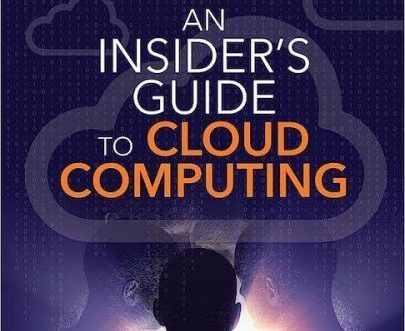
Author: David Linthicum
Globally Known Cloud Computing, AI, and Cybersecurity Thought Leader, Serial CTO, Best-Selling Author and Speaker, Radio/TV/Podcast Personality, Passionate Educator.
{If you missed episode 6 of the The Multi-Cloud Expedition on “Modernizing Your Datacenter for Multi-Cloud”, please visit that blog page for details and links to the recordings.}
Let’s dig deeper into specific strategies for a multicloud deployment that will optimize its use for on-premises and cloud-based systems. The goal is to leverage a multicloud deployment using approaches and technologies that minimize risk and cost plus maximize return of value to the business. This means doing multicloud work and playing well with all systems in the cloud and data centers. Everyone will eventually move to a multicloud deployment, and most have no idea how to do this using existing systems in optimized ways.
Also, fundamental is building a modern data center that can accommodate what multicloud will be and how to provide core integration services for more traditional applications and data storage to applications that exist within your multicloud deployment. While the trends seem to be away from a data center focus, the reality is the data center is still foundational to enterprise IT, and, for it to have continued value, it must be modernized. This reduces the cost of the business at the end of the day. Let’s explore how this works.
Keep in mind we’re dealing with a few new concepts:
- In multicloud, complexity is driving many new moving parts, and they need to be operated, secured, and maintained.
- Integration must occur between core systems within the data center and core systems in the multicloud deployment.
- We must focus on finding standard services that can run across more traditional systems and those that exist within “the cloud.”
Remember that most enterprises won’t increase their operations budget to support multicloud. The key themes are to not replicate operational services for each cloud provider, which is the way teams typically approach multicloud today. That architecture won’t scale, and you will just make the complexity worse.
Eventually, you’ll run into complexity issues, such as security misconfigurations that lead to breaches or outages due to systems that aren’t proactively monitored. If these issues go unresolved, chances are good that your multicloud deployment will be considered a failure in the eyes of the business or more trouble than the cost to deploy it.
So, do not replicate operational processes such as security, data integration, governance, and other systems within each cloud. This replication creates excess complexity. Here are some additional basic tenets to follow in terms of making multicloud and data center work better together:
- Consolidate operationally oriented services to work across clouds and data center-based systems, not within a single cloud or system. This usually includes operations, security, and governance that you want to span all clouds in your multicloud deployment. Because it can consist of anything a multicloud leverages, it works across all clouds and data center-based systems within a multicloud deployment.
- Leverage technologies and architectures that support abstraction and automation. This removes most of the complexity by abstracting native cloud resources and services to view and manage those services via common mechanisms. For instance, there should be one way to view cloud and on-premises storage that could map down to 20–25 native cloud storage models. Because humans do not need to deal with differences in native cross-cloud and cross-systems operations (security, governance, and so on), abstraction and automation avoid excess complexity.
- Isolate volatility to accommodate growth and changes, such as adding and removing public cloud providers or adding and removing specific services within the cloud and on-premises. Place volatility into a configurable domain where major or minor clouds and cloud services can be added or removed to meet the business’ exact needs.
Move as much as possible above the clouds and data center systems to work across those clouds and data center-based systems. Typical services such as security, operations, and governance should repeat across public clouds or any service that can normalize complexity. This approach removes services that can operate only on a single cloud or single data center deployment and instead deploys services that work across cloud providers and internal systems.

